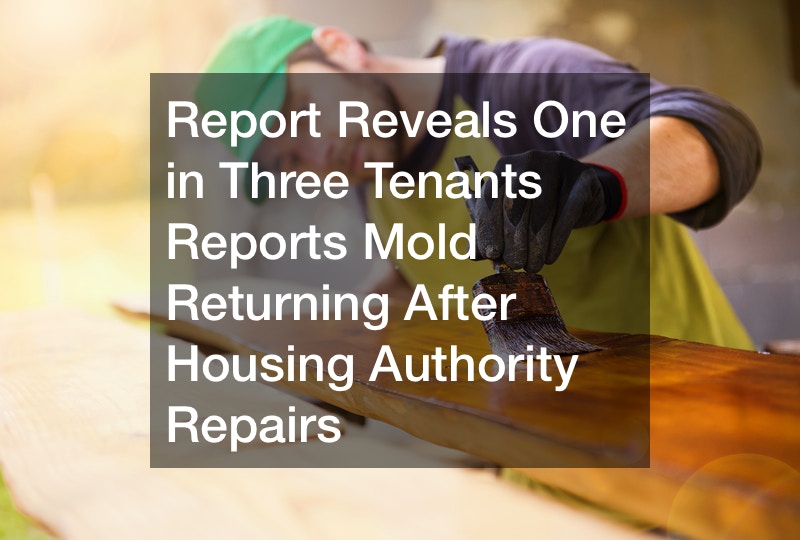
When a landlord or homeowner undertakes mold damage restoration, they are trying to fix a potentially dangerous condition. Some wonder about can you get sick from black mold, but most healthy people do not. Mold and mildew can aggravate other conditions, though, like asthma. A mother of a newborn also might wonder can you get asthma from mold, but that also is unlikely. Instead, mold exposure likely would complicate an existing asthmatic condition rather than cause it.
When the weather is cold and damp, you might wonder about can you get pneumonia from mold. But pneumonia is a more complicated respiratory illness that often afflicts smokers and those who were exposed to cold and wet conditions for an extended period of time. Those same conditions help to promote the growth of mold and mildew while also making it possible for you to suffer from pneumonia.
The growth of mold and mildew can aggravate a respiratory illness – especially if it is located within your air home ventilation system. Fortunately, mold and mildew mitigation can remove the danger areas so that you do not have to wonder about can you recover from mold exposure. You can and most people do.
Mold is a serious concern for many homeowners and residents: given the right conditions, mold can grow in as little as 24 to 48 hours, posing serious health risks to those living in the affected building. Because of this, it is important that the problem is remediated as soon as possible. However, the New York Daily News recently reported that remediation may not be the problem for many of the New York City Housing Authority’s tenants: according to an internal report from the city Department of Investigation, one in three tenants reports that mold returns even after NYCHA claims that the problem has been resolved.
According to a report obtained under the Freedom of Information Act, the DOI began quietly monitoring NYCHA’s mold remediation efforts in April 2014, not long after the organization agreed to settle a federal lawsuit by eradicating mold in aging apartments. As part of their investigation, the DOI sent researchers to 53 developments and reviewed 10,327 work orders for mold-related repairs filed from May to July. The NYCHA data showed that 74% of these repairs were completed within seven days, well below the 95% promised rate. Even more worryingly, however, is the discovery that 34% of tenants reported that the mold had returned when the NYCHA made a follow up visit.
While many of NYCHA’s mold remediation projects were successful, and the residents were happy with the results, the prevalence of uncompleted repairs is concerning and extremely dangerous. In interviews with tenants, the DOI found that 24% reported that NYCHA had not completed the work, had not successfully removed the mold, or had never visited the site at all. Their review also found that NYCHA workers often marked repair work as “completed” when they arrived at sites to find that the tenants were not at home. This is contrary to agency policy, which states that all work orders be listed as open until the work has been completed. According to the DOI, this has apparently been a common practice since 2003.
The nonprofit organization that filed the federal lawsuit, Metro Industrial Area Foundation, says that the DOI’s report corroborates their findings. In response to the DOI’s report and other complaints, NYCHA inspectors have instituted several changes, including staggered work shifts, which increases both the likelihood that tenants will be home for their repairs and the inspection rate of important areas, such as ventilation systems.





